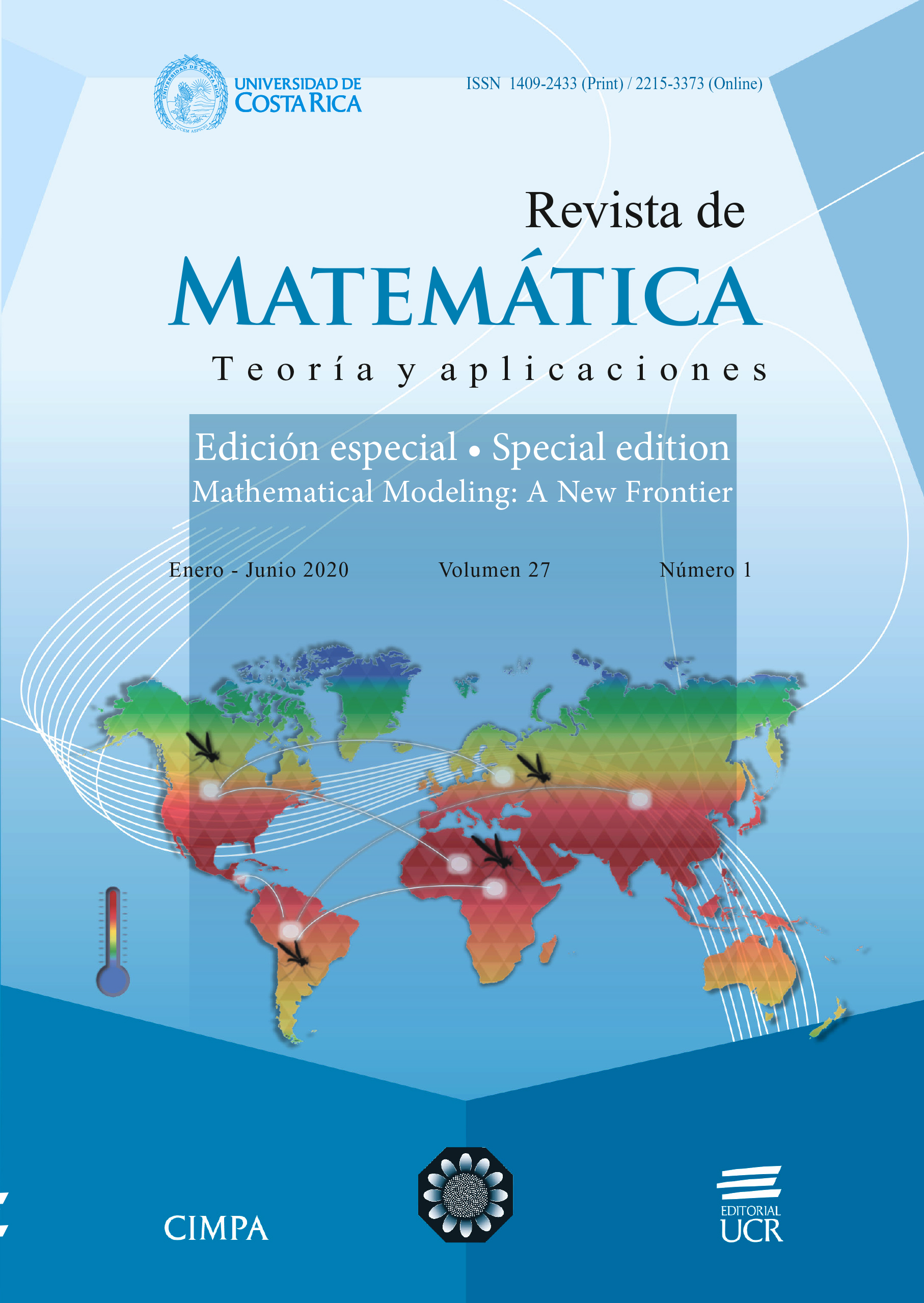Abstract
Mathematical models of pathogen transmission in age-structured host populations, can be used to design or evaluate vaccination programs. For reliable results, their forces or hazard rates of infection (FOI) must be formulated correctly and the requisite contact rates and probabilities of infection on contact estimated from suitable observations. Elsewhere, we have described methods for calculating the probabilities of infection on contact from the contact rates and FOI. Here, we present methods for estimating the FOI from cross-sectional serological surveys or disease surveillance in populations with or without concurrent vaccination. We consider both continuous and discrete age, and present estimates of the FOI for vaccinepreventable diseases that confer temporary or permanent immunity.
References
C.P. Farrington, Modeling forces of infection for measles, mumps and rubella, Stat. Med. 9(1990), no. 8, 953–967. doi: 10.1002/sim.4780090811
Z. Feng, J.W. Glasser, Mixing in meta-population models, in: A. Bianchi, T. Hillen, M. Lewis & Y. Yi (Eds.) The Dynamics of Biological Systems, Springer, 2019, 99–126. doi: 10.1007/978-3-030-22583-4_4
Z. Feng, J. W. Glasser, A. N. Hill, M. A. Franko, R.-M. Carlsson, H. Hallander, P. Tull, P. Olin, Modeling rates of infection with transient maternal antibodies and waning active immunity: Application to Bordetella pertussis in Sweden, J. Theor. Biol. 356(2014), 123–132. doi: 10.1016/j.jtbi.2014.04.02
Z. Feng, Q. Han, Z. Qui, A. N. Hill, J. W. Glasser, Computation of R in age-structured epidemilogical models with maternal and temporary immunity, Disc. Cont. Dyn. Sys. B 21(2016), no. 2, 399–415. doi: 10.3934/ dcdsb.2016.21.399
J. Glasser, Z. Feng, A. Moylan, S. Del Valled, C. Castillo-Chavez, Mixing in age-structured population models of infectious diseases, Math. Biosci. 235(2012), no. 1, 1–7. doi: 10.1016/j.mbs.2011.10.001
L. Hao, J.W. Glasser, Q. Su, C. Ma, Z.L. Feng, Z. Yin, L.G. James,. . . , H. Wang, Evaluating vaccination policies to accelerate measles elimination in China: a meta-population modeling study, International Journal of Epidemiology 48(2019), no. 4, 1240–1251. doi: 10.1093/ije/dyz058
P. Singh, S.D. Joshi, R. K. Patney, K. Saha, The Fourier decomposition method for nonlinear and non-stationary time series analysis, Proc. R. Soc. A 473(2017), no. 2199, 1–27. doi: 10.1098/rspa.2016.0871
X. Wang, Y. Shi, J. Cui, Z. Feng, Analysis of age-structured pertussis models with multiple infections during a lifetime, J. Dyn. Diff. Equ. 31(2019), no. 4, 2145–2163. doi: 10.1007/s10884-018-9680-0.

